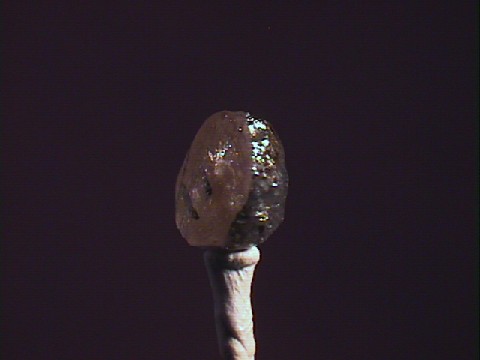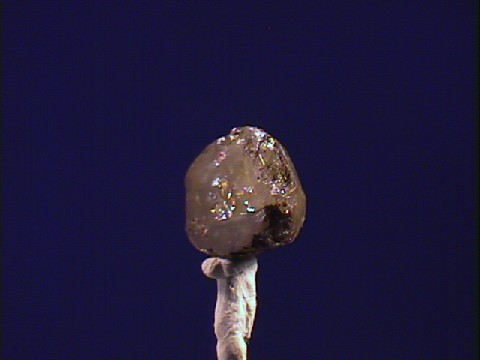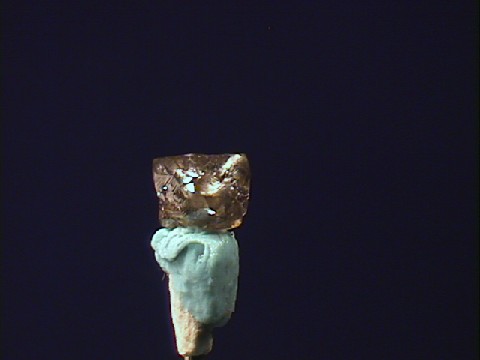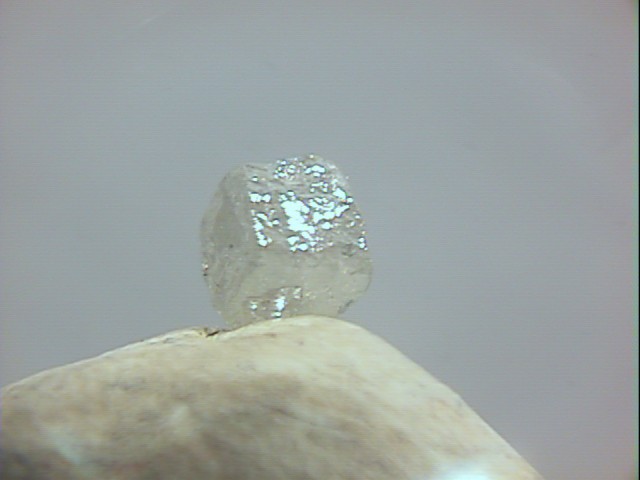 DIAMOND MINING DIAMOND MINING
Around The World
Diamond
is the mineral with the highest strength and hardness. The process of mining
diamonds takes advantage of these properties. The
kimberlite rock that hosts the diamond
crystals is crushed into a fine gravel, and the diamonds within are not (usually)
damaged, merely freed.
Commercial
quantities of Diamonds are found in kimberlite pipes (the cores of certain
volcanoes found over the deepest crust) or their remains
(including alluvial deposits which can be hundreds of miles from their
source).
Diamonds are formed deep within the Earth's mantle, and only volcanoes
situated on the thickest (and oldest) sections of crust can bring these
diamonds to the surface rapidly enough that they do not revert to graphite.
The transport time of kimberlite to the surface may only be a matter of
hours once the volcano erupts. This limits the occurrence of natural diamonds to only a few (albeit large)
regions. And, unfortunately, no such volcano has erupted in at least 15
million years.
The first diamonds were likely found in alluvial deposits. Diamonds are
extremely durable, and easily survive transport downstream for many miles,
especially those crystals with only minor flaws. As a consequence, alluvial
diamonds tend to be higher quality (on average) than those mined directly
from the source, as the inferior stones were destroyed in transit.
Diamonds transported by streams of water tend to concentrate in the deep
pockets immediately downstream of rapids and waterfalls, as diamonds are
relatively dense. Also, the falls and rapids themselves migrate upstream,
burying the diamonds under additional deposits. Streams and rivers
eventually reach the ocean. In some areas, especially along the coasts of
South Africa, millions of years of floodwaters have deposited diamonds along
the shore, where the action of waves has concentrated diamonds into rich deposits (often
buried deeply within the sand). Note that sea level has changed considerably
over the life of the Earth, and thus ancient beaches may be found (now
buried) hundreds of meters above or below the present sea level.
However, it should be noted that diamonds are not limited to volcanic
regions and their alluvial deposits. Glaciers also transport diamonds, and
consequently even in ancient sea bottom areas such as Indiana and Ohio, diamonds have
been found. These are hundreds of miles south of the kimberlite deposits in
Canada that are undoubtedly the source of the diamonds. These
glacial deposits have never been found to provide commercially recoverable
quantities.
Notable Occurrences include
- South Africa and neighboring countries
- India
- Brazil
- Russia
- Australia
- USA - Arkansas
(no longer produces commercial quantities of diamonds, but individuals
can still dig for natural rough diamonds)
- Canada
|














































































































 DIAMOND MINING
DIAMOND MINING